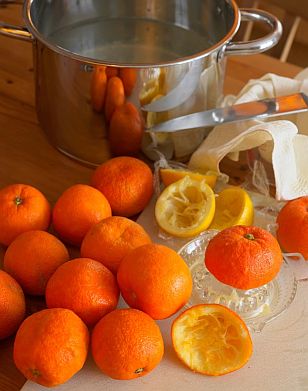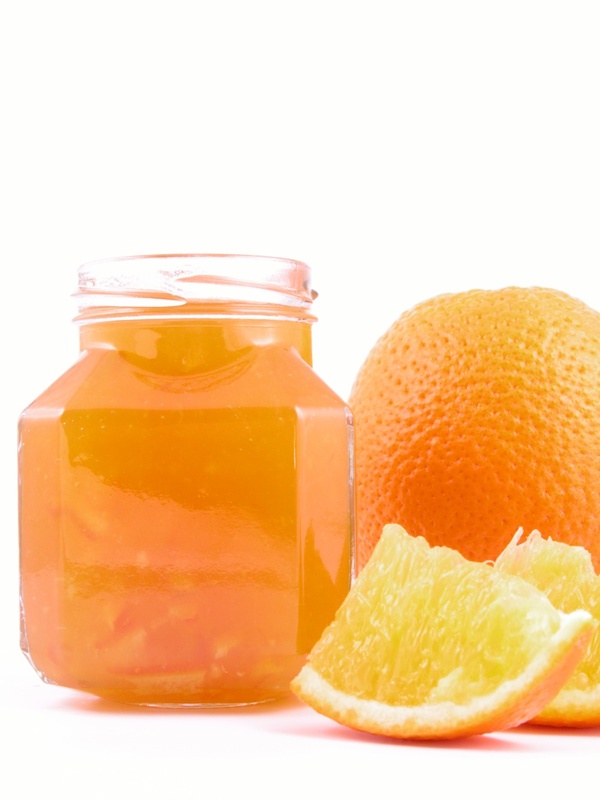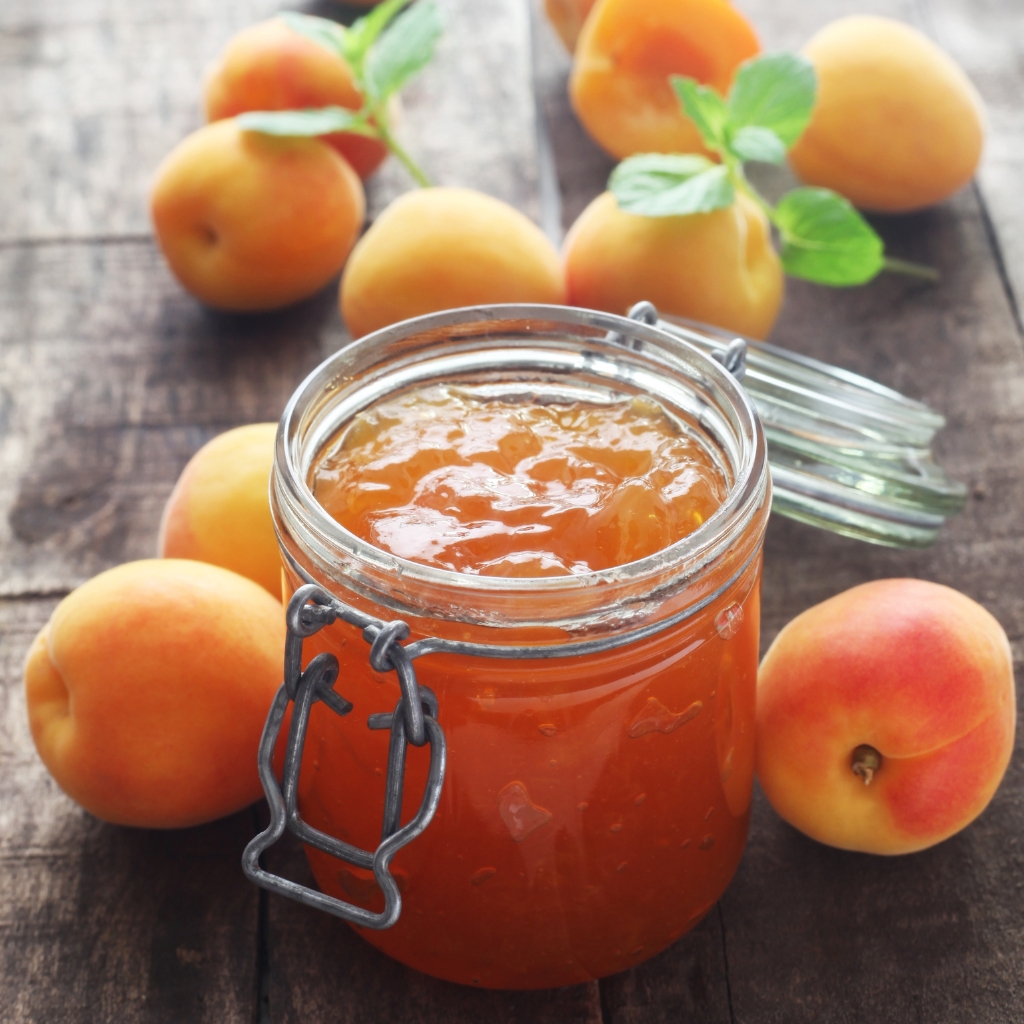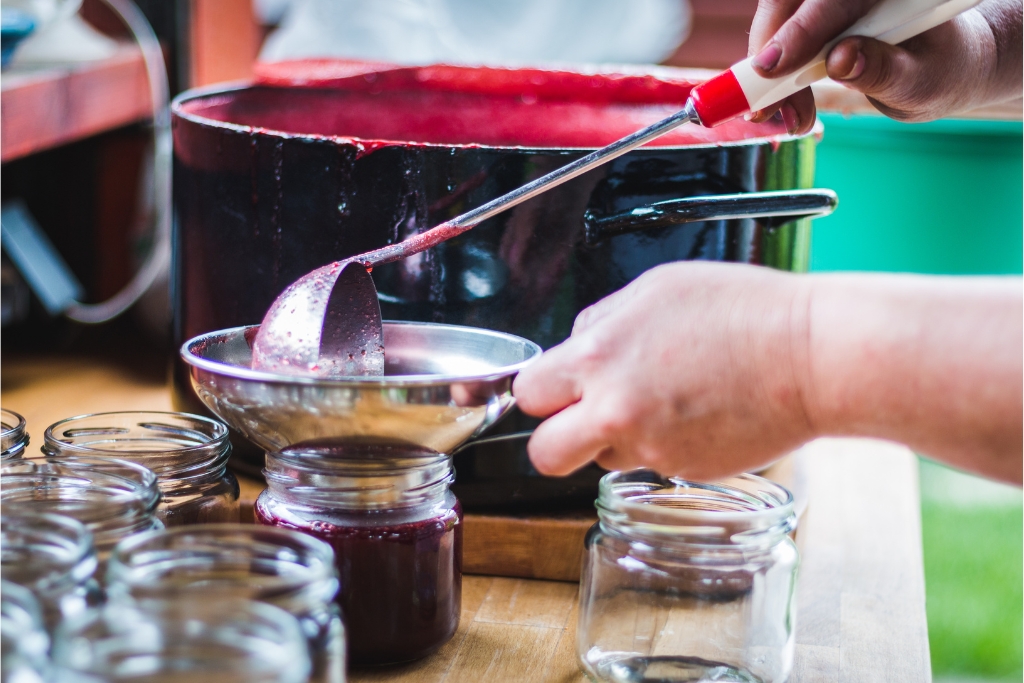English Marmalade
English Marmalade - fragrant and slightly bitter - is a real treat, whether you serve it for breakfast or afternoon tea. And it makes excellent cakes, too.
English Marmalade is traditionally made with bitter Seville Oranges, as these are very high in pectin and achieve a good set when cool.
But to vary the taste, you can experiment with any citrus fruit that takes your fancy.
Ingredients:
For 4 lb of marmalade, you need 2lb of Seville oranges, 2 lemons, 4 pints of water and 4lb of sugar.
Easier to remember:
1 part oranges, 2 parts sugar, 2 parts water and 2 lemons.
If you've never made marmalade or jam before, you may feel a bit daunted and unsure what you need. But don't worry, it's no big deal. Yes, there is lots of specialist equipment on the market. You can invest in that once you've been bitten by the preserving bug! For starters, you only need a pan, a long spoon and plenty of jam jars!
Then flip over to How to Make Jam, for a little help on basic techniques or check out Jam Making Essentials for more detailed information on pans and spoons and other jam making paraphernalia.
How to Make English Marmalade
As with all traditional English recipes, various methods exist to achieve the desired result. For orange marmalade, the differences seem to lie in the way the fruit is prepared for 'jamming'.
 Making English Marmalade
Making English Marmalade © Douglas Freer | Fotolia.com
Mrs Beeton's Way
Mrs Beeton's 'traditional' method involves thinly slicing the oranges and soaking them in water for three days before boiling until soft. They are then mixed with sugar and cooked to set.
I've never tried it this way, but if you have the time, give it a go!
Another Traditional Method
Alternatively, boil the whole oranges and lemons in the water in a large preserving pan until soft. This can take up to two hours. And the fruit is soft enough when a knife pierces them easily.
Lift the fruit out onto a plate and leave to drain and cool before slicing as thickly or thinly as you like. Remove any pips. Then mix with sugar and water and boil to set.
How do I do it?
If you want to make English marmalade the way I do, then halve the oranges and lemons and scrape out all the flesh and pips with a teaspoon.
Place this in a pot with half a litre of cold water and bring to the boil. Cook the mixture until reduced to a pulp and set aside.
In the jam pot, bring a litre of water to the boil and cook all the empty orange halves until very soft. This can take as little as 20 minutes.
Then lift out the skins and shred them finely before putting them back into the jam pot.
Now add all the sugar to the fruit and juices in the jam pot. Stir well and heat gently to dissolve the sugar. Then bring to a rolling boil and cook until setting point is reached.
Remember the orange pulp prepared earlier? This is very high in pectin. When you've boiled your marmalade for five minutes or so, push the orange pulp through a sieve into the mixture to help it set.
Take the preserving pan off the heat and test your mixture: Spoon a small quantity of hot marmalade onto a cold plate. The mixture should start to set almost immediately. The surface will wrinkle when pushed with a finger.
If it remains runny, boil the marmalade for another five minutes and test again.
When set to your satisfaction, spoon your marmalade hot into clean, sterilised jars and cover with waxed papers. Stand the jars on their heads until completely cool. Then store dry, cool and dark and enjoy with your breakfast toast or as a filling for puddings and pastries!
 English Marmalade
English Marmalade © matka_Wariatka | fotolia.com
Making Marmalade can quickly become an obsession - especially if your significant other loves your creation. So why not get yourself the right gear and recipes to make it easy and fun, too?
The Book of Marmalade
Ball freshTECH Automatic Jam and Jelly Maker
Marmalade: Sweet and Savory Spreads for a Sophisticated Taste
You've made your English Marmalade!
Visit the recipes section for ideas what to do with it!







